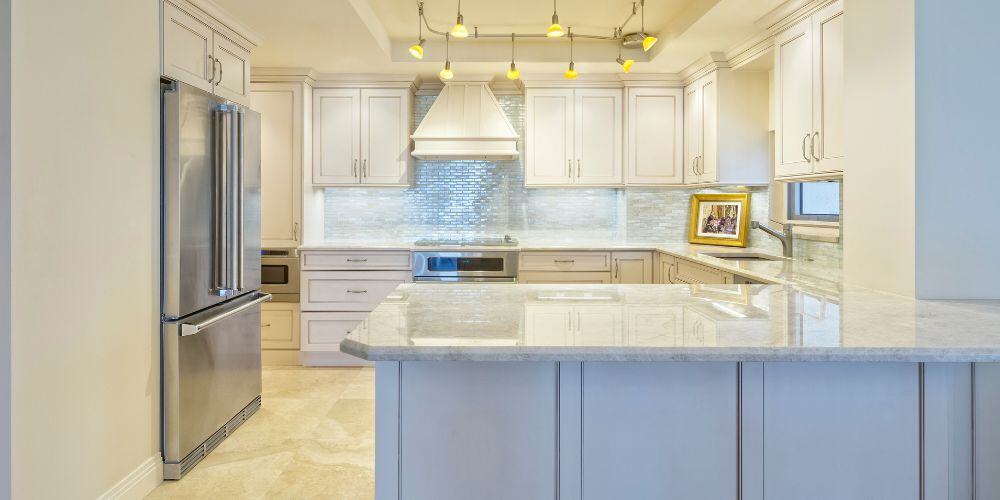A Guide to Budgeting for Your Dream Remodel
Anytime homeowners in the Wallingford, CT area think about a Connecticut home renovation, one of the questions that comes up is if the planned improvement is worth the money invested. Before you worry about that you need to know exactly what you want to accomplish with your renovation project—and have a solid quote for the cost. Then, you need to address another, equally important question: what should you spend? Below, you'll find everything you need to know about budgeting for your dream remodel.
The National Association of the Remodeling Industry has come up with four steps that will help you calculate what you can really afford to spend remodeling your home. We’ve summarized those four steps here.
- Figure out how long you plan to remain in your current home. If your plan is to stay where you are for ten or more years, it makes sense for you to create the home you really want. If that’s the case you can think about spending as much as you are able to create the home of your dreams. But if you’re planning to move in the next one to five years, you’ll want to avoid over-building. Don’t put yourself in a position in which yours is the highest priced home in the neighborhood. One way to guard against that is to review neighborhood real estate prices regularly so that you can keep your home (with improvements) in line with the average home prices in your area. It can be tough to recoup improvement costs if you over-spend on improvements and end up with a house that’s out of character with the rest of the neighborhood.
- Make sure you understand your current financial situation. Make a list of all debts—including payments you make on a monthly basis (mortgages, car loans, credit cards, or any other items with a fixed monthly payment). This list is your monthly expenses. Create a separate list of monthly expenses for things such as utilities, telephone services, groceries, or other general expenses.
- Calculate your total gross monthly income. You should include any sources of income that you would list on a loan application.
- Make a budget. The worksheet below will help you decide how much you can afford to pay for your remodeling project on a monthly basis. (We’re assuming you will be financing your remodeling project, rather than paying cash.)
Budget Worksheet
This worksheet uses the same simple debt-to-income (DTI) ratio that lenders use to determine if a homeowner can afford to take on a loan. You can use it to decide if you can afford the additional expense of a remodeling project.
Establish Your DTI
- Enter Your Total Monthly Expenses $ _________________ (see step 2 above)
- Add the Estimated Monthly Payment for the Remodeling $______________
- Estimated Total Monthly Payments = $ _________________
- Divide the Total by Your Gross Monthly Income $ _______________
- Your DTI % = ___________________
Each lender will approve loans at a specific DTI percentage (most lenders will tell you what their set DTI ratio is, if you ask). For example, if your lender accepts a DTI ratio of 45 percent and your DTI ratio is 30 percent, your loan would be approved. Your lender may also offer debt consolidation loans to reduce your DTI ratio.
Decide What Your Maximum Monthly Payment Should Be
You can determine your maximum affordable monthly payment by multiplying your monthly gross income amount by the lender's maximum DTI allowance. Then subtract your current total monthly expenses, excluding the estimated remodeling payment. Here’s how that looks:
- Gross Monthly Income $ ___________
- Multiply by lender's DTI ratio: x __________
- Subtotal = $ ____________
- Subtract your total monthly expenses: -___________
- Your maximum affordable monthly payment = $ ____________
If the last line is negative, you will not be able to borrow from that lender. See step 3 for further options.
Get Your Debt Consolidated
If your DTI ratio comes in above the lender's accepted percentage, or if your maximum affordable payment was too low to accomplish what you want, you might consider a debt consolidation loan. This will incorporate your current debts into your home improvement loan. In addition to allowing you to roll your debts into what may be a tax-deductible loan, it allows you to make one easy payment for your debts while lowering your DTI percentage. Another plus is that the interest rate on a debt consolidation loan may be lower, which will save you additional money. We recommend you talk to a qualified financial expert before making a move like this.
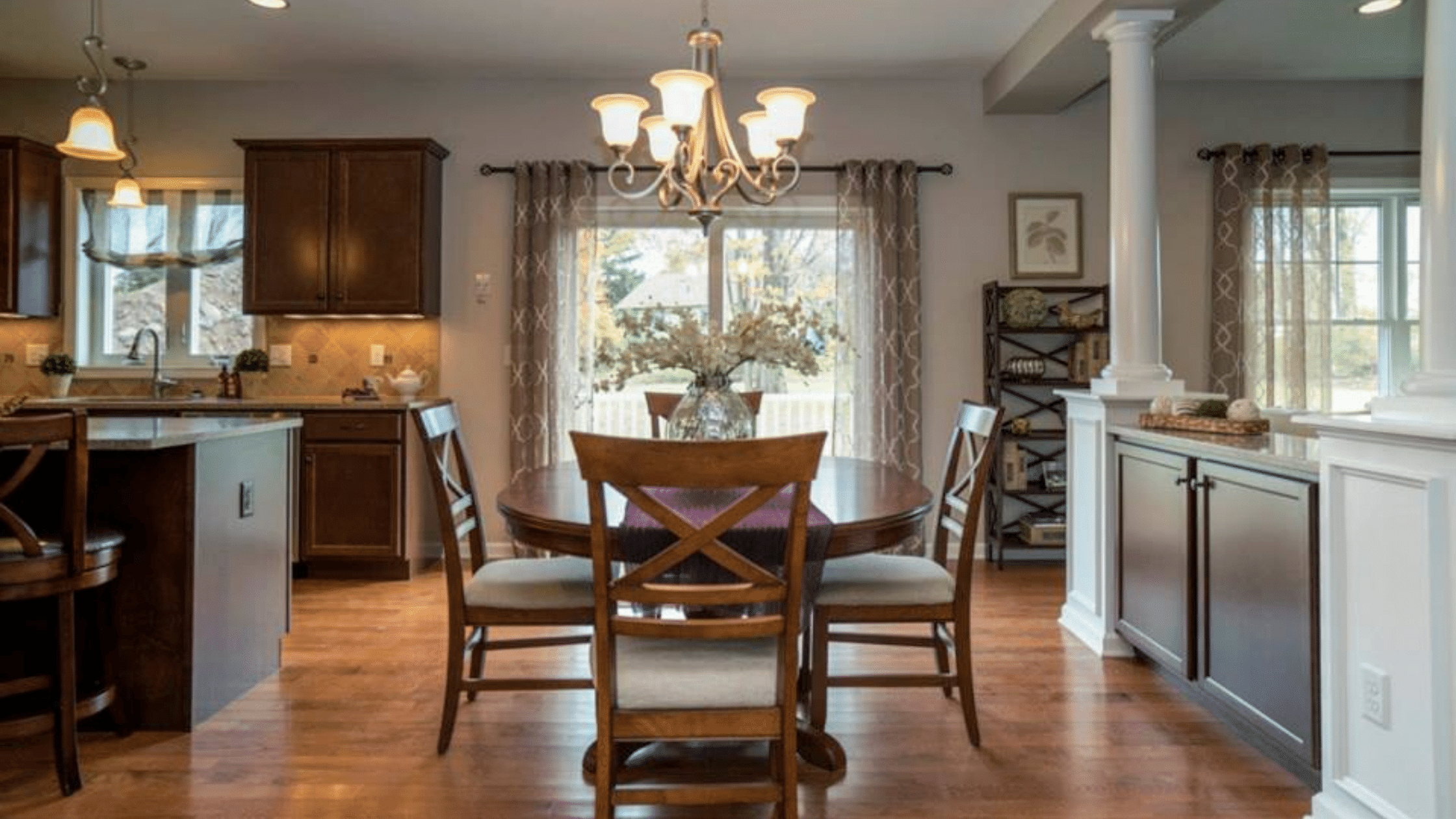
Before you begin a remodeling project on your Connecticut home, you may want to know if the work you plan to have done will pay off. While the value of a remodeling project can’t always be determined by a dollars and cents return on investment, it’s still helpful to have an idea of what your improvements will pay you if you should decide to sell your home in the future.
Every year—for the past 30 years—Hanley Wood has published the “Cost vs. Value Report” that provides remodelers and customers with a benchmark for what remodeling projects cost around the country and how much (in the opinion of a real estate professional) that project will increase a home’s value if it’s sold within a year of when the work was completed.
“Curb appeal” projects—projects such as changes to doors, windows, and siding—generated higher returns on investment than work done inside the home.
The projects that had the biggest payback are also three of the five cheapest to complete. Of course, this boosted their cost-recouped scores because it’s easier to recoup your money when you spend less.
Some of the most common remodeling projects recoup the least amount of cost. For example, a midrange bathroom addition has a return on investment of just 53.8%. No kitchen or bath-remodeling project ranked higher than 17 out of the 29 projects they reviewed. But that’s only part of the story.
Kitchen and Bathroom projects improve the quality of living inside the home. They provide value in the form of comfort, enjoyment, and convenience. Keep in mind that the ROI that’s calculated is based on the impact a real estate professional thinks it will have on the resale of a home. The chances are that you’re not remodeling your home for someone else—you’re improving it so that your family can enjoy it. It’s hard to attach a dollar figure to your comfort and convenience.
Beyond that, your sense of style may differ dramatically from that of someone who ultimately buys your home. You might love sleek, contemporary, modern design. The person who ends up buying your home may be more of a fan of traditional design.
What’s also interesting (according to the Cost vs. Value Report) is that universal design principles held their value. That means changes made to accommodate lifestyle (in this case aging-in-place) were deemed more valuable than “style”-related improvements.
So how do you make sense of it all? When remodeling, keep your “customer” in mind—that’s you and your family. Focus on functionality and comfort first. Make the improvements that improve your quality of life and make living in your home more enjoyable. There is nothing wrong with making changes that are style related. Just keep in mind that you may not get the same kind of return on your investment on those kinds of projects. But that’s OK. You’re getting your return in the form of enjoyment.
A Smart Investment
It’s smart to pay attention to the return on the investment you make in your home. But is that the only criteria you should use to decide what improvements you want to make? Should you replace your front door just because it pays the best return? Are there other remodeling projects that make just as much sense—even if you don’t recoup quite as much when you sell?
Just because a change equates to more dollars in your pocket years down the road doesn’t necessarily mean it makes more sense right now. Your home is more than just an investment. It’s where you live and relax and make memories. Remodeling projects that make you more comfortable and allow you and your family to enjoy your home more make a lot of sense.
There are many reasons to remodel that aren’t tied directly to a financial payout. Here are a few:
- You Need More Space: If having a bigger, better-designed kitchen would allow you to entertain more or to simply enjoy spending time with the family and preparing meals, it’s a great project to consider. (And just so you know, it does generate a respectable 66.7 percent ROI.) If you dread getting ready for work in the morning because your master bathroom is too small, a bathroom remodel makes a lot of sense (and yields a nice 68.4 percent return). By the way, if you need ideas for your bathroom, download this free Designing Beautiful Bathrooms: The Ulimate Guide report.
- Energy Efficiency: You may or may not recover all the costs you incur to make your home more energy efficient, though you’ll probably reap the benefits of lower utility bills. But if your family feels more comfortable (cooler in the summer and warmer in the winter) because of the changes you make, you’ve made a worthwhile improvement.
- A Fresh Feel: If you’re in an older home, things can sometimes feel a bit stale. Many older homes have rooms that were more divided and cut off from one another. Some have rooms that seldom get used (like a dining room or formal living room). Remodeling your kitchen/dining room/family room area to achieve an open floor plan and create a great room can make the space feel bigger, let in more light and improve the flow of traffic from one room to another.
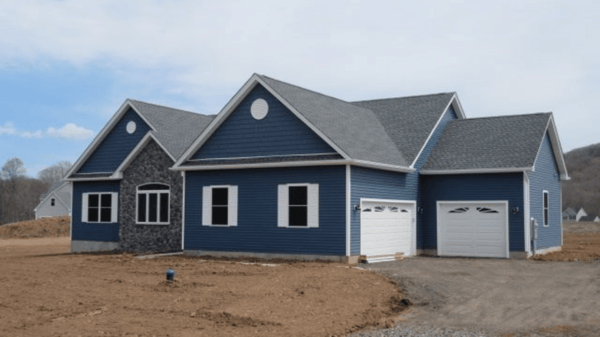
Critical Projects to Focus on
Maintaining your Middletown custom home in good condition can help save you thousands of dollars in home renovation costs. Managing a property is something like the human body; when one thing goes wrong and isn’t attended to, it causes other problems that are often more expensive to fix. Here are the critical projects you should focus on to save yourself costs in the long term.
Service Your Hot Water Heater
Maintaining your hot water heater is vital if you’re to get your money’s worth from the unit you have. In addition, a poorly-maintained heater is more likely to cause problems such as bursting (with subsequent flooding) or thermostat failure. Cleaning up after a flood can require major repairs, and even if your homeowner’s insurance covers most of the home renovation costs, there are always items that can’t be replaced with money. Personal effects, old photographs and other keepsakes are frequently the first treasures to be destroyed by a flood, often because they are stored in basements or attics.
And if the thermostat fails, your local plumber may be able to replace the part—or he may need to replace the entire heater in your Middletown custom home. The way some homes are built, this could entail far more home renovation work than you anticipate. So do yourself and your wallet a favor and get your hot water heater inspected, tested and serviced every couple of years by a professional.
Check Your Trees
There’s nothing as perfect as a beautifully-landscaped garden, but trees can present problems you might not expect. Maintaining your garden means more than just mowing the lawn regularly—you also need to check your trees. Check for dead or unstable sections at least once or twice a year, to ensure that big trees aren’t at risk of dropping branches on your home. The damage done by a heavy branch can run into thousands of dollars. While insurance will pay if the event is unexpected, some policies contain clauses that exempt them from paying if the accident is caused by bad weather.
It’s also essential to keep an eye on the roots of large trees, to ensure they don’t begin to lift your paving, cave in your foundation walls or grow into your drainage system. Any of these can result in huge home renovation costs to repair the problem, long after the offending tree has been removed.
Certify the Wiring
Faulty electrical wiring is a fire hazard, and some older Middletown custom homes were wired before current building codes came into effect. If you’ve performed a home renovation project in the last year or two, chances are good that your wiring was updated as part of the project. If not, get a professional contractor to inspect the residential electrical installation in your home and make sure you aren’t at risk. A fire can be an expensive incident, particularly if your insurance company rejects a claim on the basis of inadequate wiring. The cost to build a house in CT is not worth losing a house over some faulty wiring. Even if updating your electrical system makes it necessary to do restoration work afterwards, it will be worth the expense compared with the cost of a possible house fire.
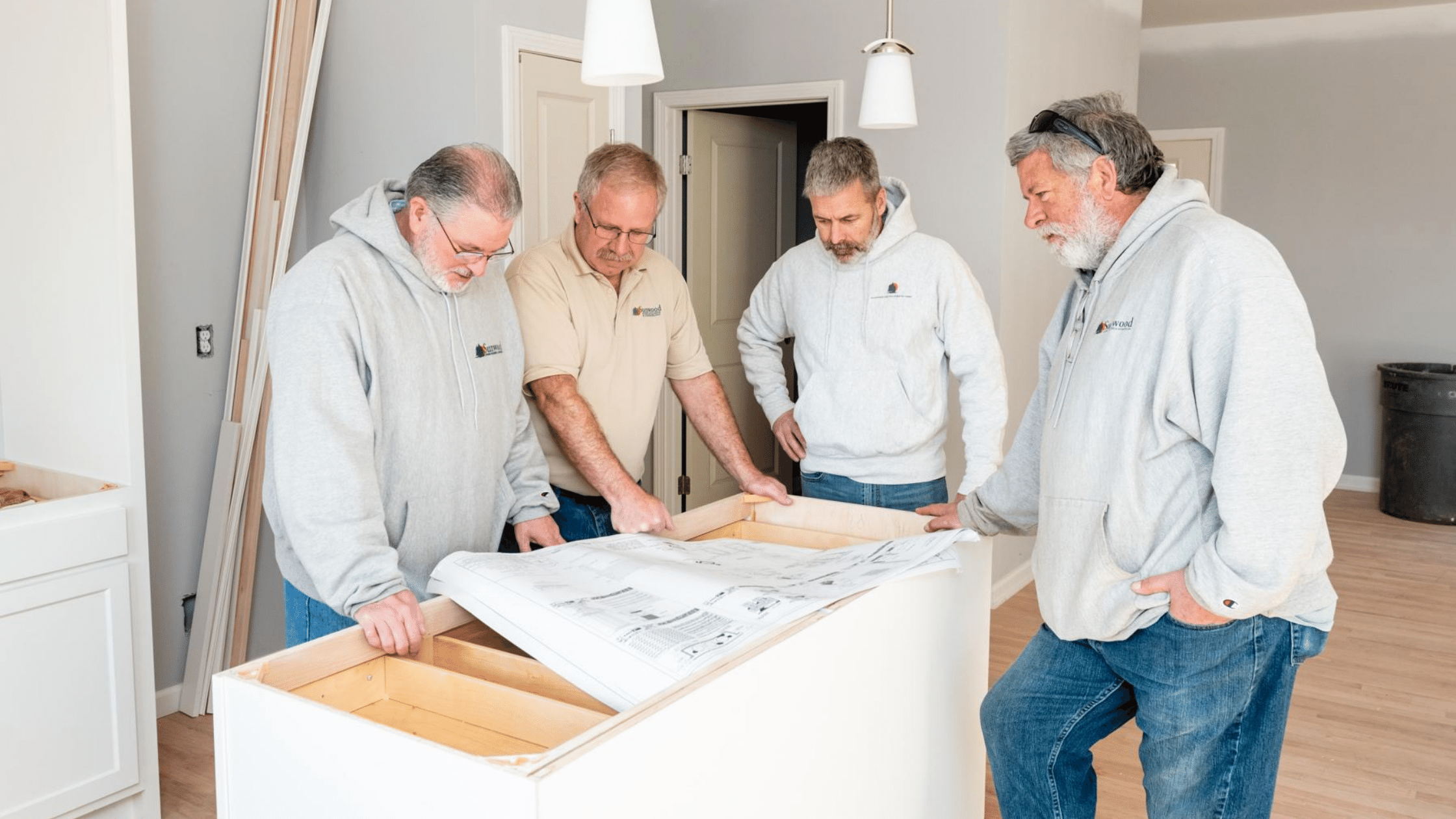
Question Your Contractor
If you’re in the middle of choosing a contractor to do your additions or renovations, you might have found one contractor that stands out from the rest with a price that seems almost too good to be true.
In our experience, what seems too good to be true usually is. It’s one of our key remodeling tips to treat any price that seems very low with suspicion, and here’s why:
- One way to cut costs on renovation or remodeling costs is to use cheaper materials. While it’s fine to go that route deliberately, to save on costs, the homeowner should be the one to make that choice. Companies that come in significantly low might not be quoting on the same quality of materials, and you deserve to know that.
- Another way that contractors cut costs on a project-by-project basis is basing their quotations on volume. In other words, instead of focusing on one or two jobs at a time, they overbook themselves, taking on more work than their resources and capacity can sustain, resulting in delays for customers.
- Renovation contractors that are significantly cheaper than everyone else may not be hiring qualified and experienced tradespeople or employees. They’ll be paying less in wages, but unless they’ve got great on-site supervision at all times, that can mean shoddy workmanship.
- If you’re working with a very unscrupulous contractor, they may be planning to leave old wiring, outdated plumbing or other hidden items as is, not making necessary changes. Or they may be planning to avoid the necessary permits or other documentation required. That may mean there could be dangerous issues with electrical, structural or other elements of your home when the job is done.
- Training, licensing and insurance costs contractors a lot of money. Some cut-price contractors save money by avoiding these required processes, and you as the homeowner could find yourself in legal trouble as a result.
- The contractor may be new to the business and not used to estimating your type of project. Their inexperience may mean that they underestimate material and labor costs on your project when preparing the quote. In the vast majority of those situations, the result is the contractor realizing their mistake halfway through the project, walking away from the job and leaving you high and dry with a half-finished home.
The simple fact is that when it comes to remodeling, it’s usually a choice between cheap and good, and if you choose cheap, you may not like the results. Of course, when we say “cheap,” we mean significantly cheap without a clear reason. If there’s only one of our remodeling tips that you use this year, it should be to always choose a reputable contractor and question any renovation quotations that seem too good to be true. They probably are.
When you’re remodeling your home your goal should be to create a comfortable, secure environment—a place where you and your guests enjoy being. If you make saving money your goal, you won’t achieve that. You should still look for the best deal, but keep your real goal firmly in mind.
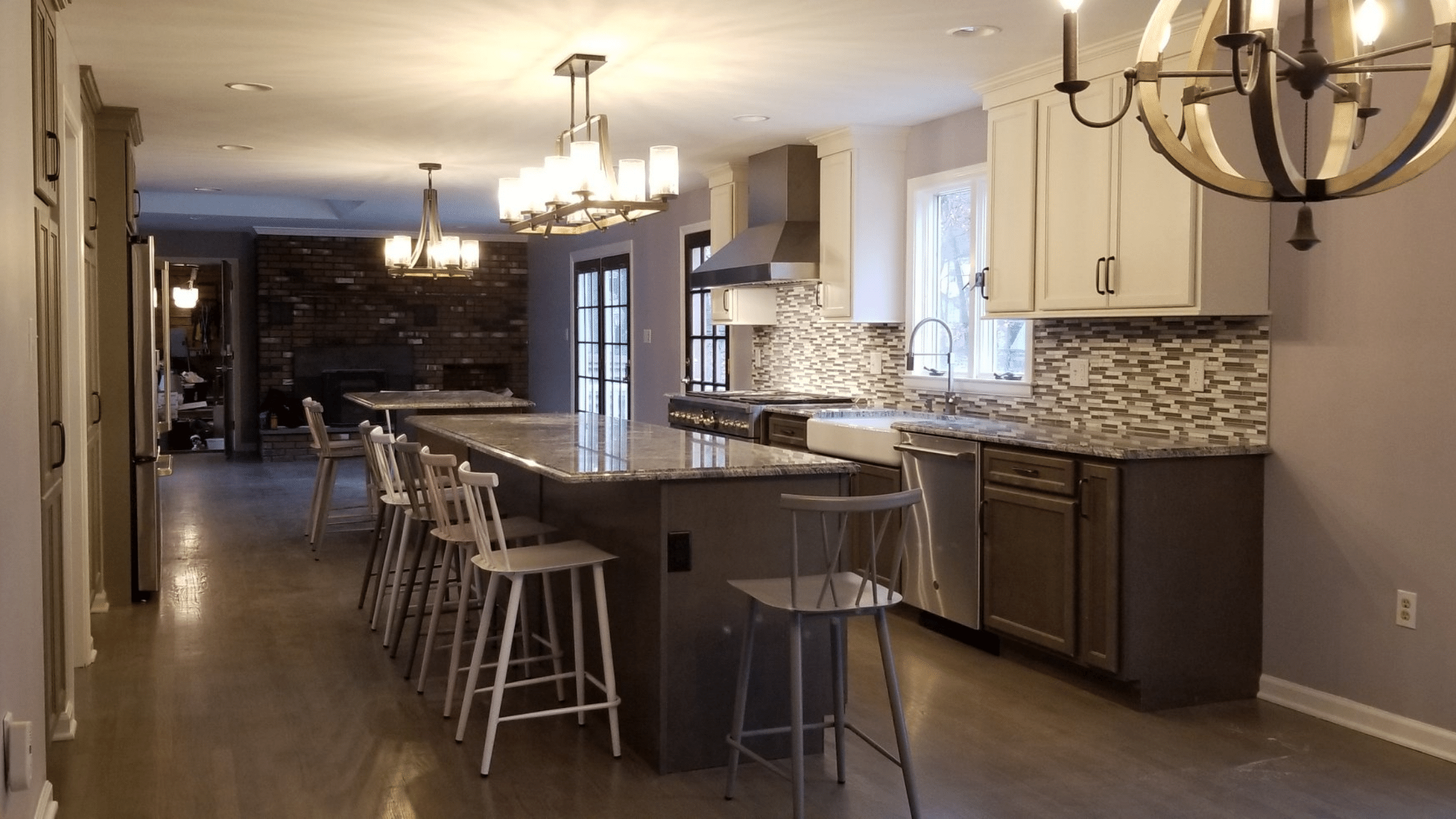
Here are four things to consider when planning your home renovation project that can help you accomplish your goal.
- Think “quality” first. Money spent on good design, good materials, and good execution is money well spent. If you don’t have a good plan or design you won’t get the result you want. And spending less on lower quality materials might save you a bit of cash in the short run, but paying for quality materials will pay big dividends in the long run. And if you want to build something of lasting value, quality workmanship is absolutely essential.
- When less is more. You may want to consider reducing the kinds of materials you use in your renovation. You might think having a wide variety of materials will make things more interesting (and it might), but by limiting your building materials somewhat, you can achieve a cohesiveness and consistency to your home—which will also make it easier for you to tie things together. You may even save a bit of money if you are purchasing larger quantities of high quality materials.
- Concentrate your focus. You’ll get more impact with one really outstanding feature in a room than you will from multiple features that may be “interesting”. And what’s true for one room is also true for your whole house. It’s better to create a single room or area that’s the focal point than to have five rooms vying for attention.
- Quality versus quantity. Don’t feel rushed. You don’t have to do everything at once. Consider reducing the overall scope of your project in order to do something fantastic in one area. Maybe you can postpone remodeling your family room in order to focus on creating a stunning kitchen. Or you may choose to emphasize the quality of the features in your bathroom instead of just making it bigger.
None of these suggestions have as their primary goal to save you money (although some will do that in the long run). What they do have in common is ensuring that you will be delighted with your remodeling when it’s done.







